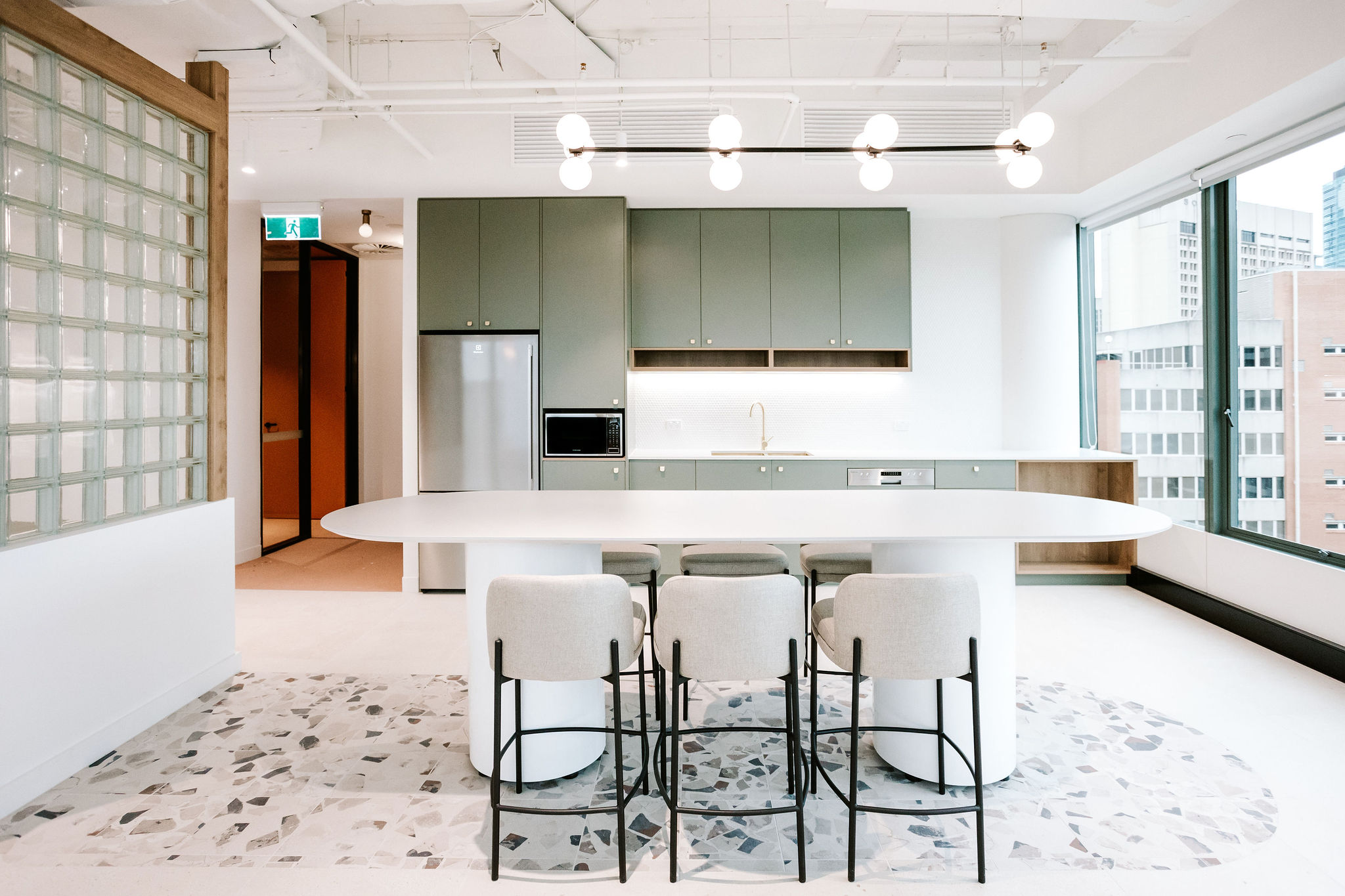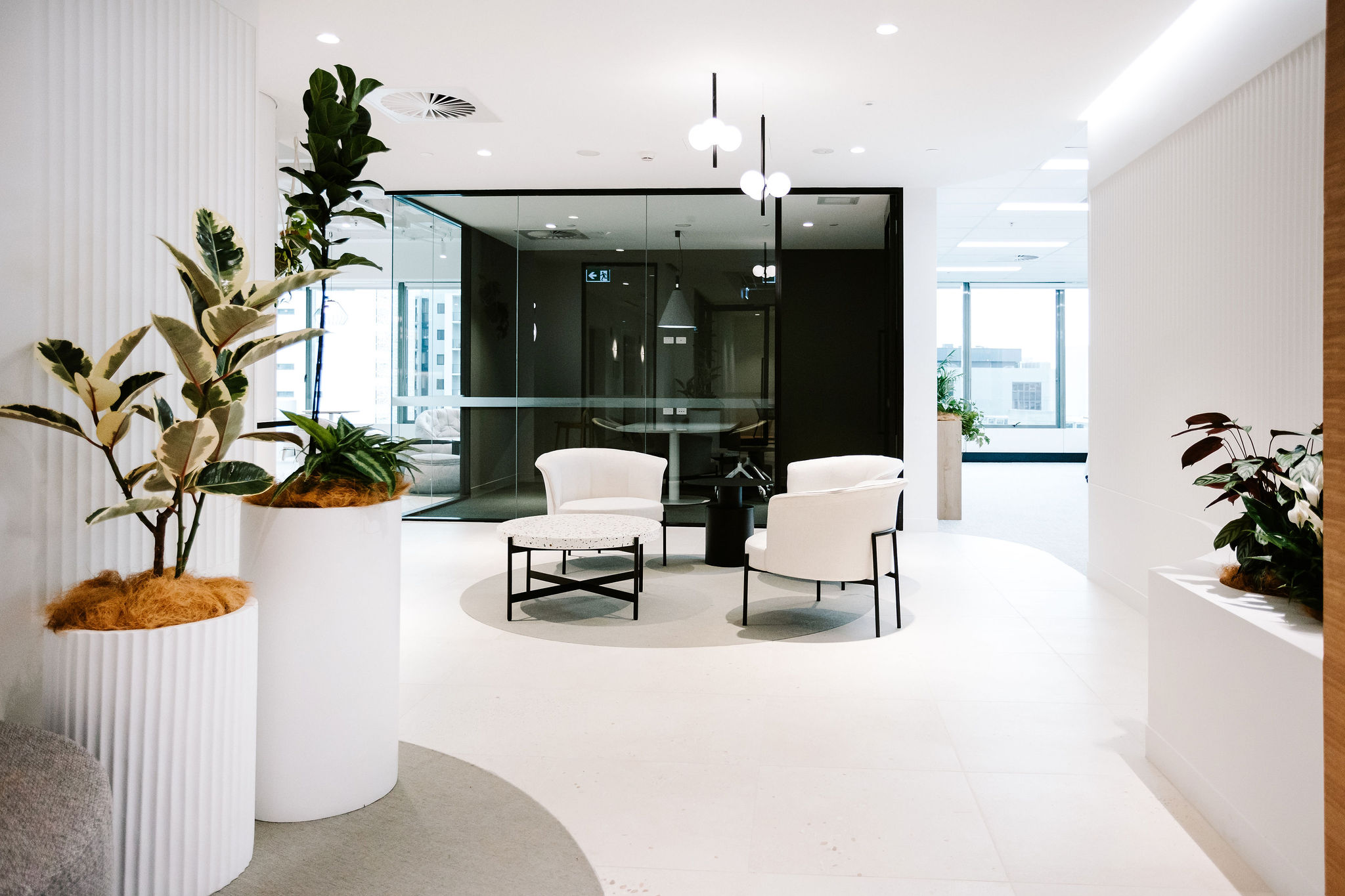What Is An Office Lease Incentive?
In Australia, an office lease incentive has become increasingly important due to the current market situation, where there is an oversupply of office space for lease. This oversupply has created a highly competitive market, where landlords are willing to offer significant lease incentives to attract and retain tenants. As a result, tenants now have more bargaining power and leverage to negotiate favourable lease terms and incentives than they would have had in a tighter market.
However, with so many options available, it can be challenging for tenants to determine what incentives are reasonable and what they should be negotiating for. This is especially true in a market like Brisbane, which has seen an increase in available space from a surge in new office developments.
In this blog post, we will explore the current state of the Brisbane office market and the impact it has on the tenants’ ability to negotiate a lease incentive. We will discuss the different types of incentives available and give tips on how tenants can effectively negotiate for the best deal possible. Whether you’re a new business looking for your first office space or an established company seeking to relocate or renew, this post will provide valuable insights into the world of office lease incentives in Brisbane.

Understanding Key Leasing Terms
It’s important to understand the various terms and concepts that are used in commercial real estate leasing to be able to compare quotes and make informed decisions when leasing an office.
Rental Rates
Rental rates refer to the agreed-upon amount of money that tenants pay to their landlords for the use of the office. These rates may be fixed or subject to periodic adjustments and are typically specified in the lease agreement between the tenant and landlord.
What Is A Lease Incentive?
Lease incentives are the concessions that landlords offer to tenants to encourage them to sign a lease. Incentives can take many forms, such as rent-free periods, fitout contributions, rent abatement or a combination of them. Lease incentives are typically offered as a way to attract tenants, retain tenants, or compensate tenants for taking on lease-related risks.
For example, a tenant may negotiate a rent-free period at the beginning of the lease to help with cash flow. Or to further example, rental abatement in exchange for signing a longer lease term, or a fitout contribution to help with the cost of customising the space.
Face Rent
Face rent known as the “asking rent” refers to the base rental rate that a landlord advertises and quotes to potential tenants and does not take into account any incentives or concessions. Face rent may be affected by location, size, building quality, market demand and more, so tenants should research current market conditions to determine a fair rate for the space they plan to lease.
Effective Rent
Effective rent takes into account the value of these lease incentives when calculating the overall cost of the lease for the tenant. It provides a more accurate picture of the actual cost of leasing the space and helps tenants make informed decisions about lease agreements.
To calculate the effective rent, you would subtract the total value of lease incentives from the total amount of rent paid over the entire lease term, and then divide that number by the total number of months in the lease term. This calculation provides a monthly effective rent amount that takes into account any lease incentives offered by the landlord.
For example, if a tenant signs a 3-year lease for a commercial property with a base rental rate of $2,000 per month. As part of the lease agreement, the landlord offers a rent abatement of $12,000 spread evenly across the first 12 months of the lease. To calculate the effective rent, you would follow these steps:
Calculate the total amount of rent paid over the lease term:
$2,000/month x 36 months = $72,000
Subtract the value of the lease incentives from the total amount of rent paid:
$72,000 – $12,000 = $60,000
Divide the adjusted rent by the total number of months in the lease term to get the effective monthly rent:
$60,000 ÷ 36 months = $1,666.67 per month
In this example, even though the face rent is $2,000 per month, the effective monthly rent is $1,666.67 per month due to the rent abatement offered by the landlord. This calculation provides a more accurate representation of the actual cost of the lease to the tenant.

Why Landlords Offer A Lease Incentive
Lease incentives are an effective way for landlords to adjust their rental rates based on market conditions, tenant demand, and to compete with other property owners in the market while maintaining the value of their property.
In the equation below that calculates a property’s value, we can see why offering an incentive is not the same as lowering the rental rates.
Property Value = (Net Income ÷ Capitalisation “Cap” Rate) – Capital Required
For example: If a building is generating $1,000,000 in net operating income, with a cap rate of 5% and has to pay $200,000 in incentives, the value of the property would be $20,000,000.
($1,000,000 ÷ 5%) – $200,000 = $20,000,000
But if the landlord reduced the rental rates by $200,000 the building value would be:
($800,000 ÷ 5%) = $16,000,000
So by offering incentives rather than reducing rental rates, landlords can maintain the value of their property while still attracting or retaining tenants.
Calculating Lease Incentives
When landlords offer a lease incentive, they typically base it on the length of the lease term. To calculate the incentive, multiply the Net Lettable Area (NLA) by the cost per square meter and then by the lease term duration and by the incentive percentage.
For example, if you’re leasing a 1,000 square meter space with a cost of $700 per square meter and the landlord is offering a 40% incentive for a five-year term, the landlord will contribute $1.4 million + GST towards your fitout costs, or $1,400 per square meter + GST.
It is calculated using the formula below:
Net Lettable Area (NLA) * Cost * Term * Incentive = Contribution
1,000sqm * $700 * 5 Years * 40% = $1,400,000
As a tenant, it’s worth considering increasing the lease term to get a higher incentive. For instance, increasing the lease term from five years to seven years in the above example would raise the incentive from $1.4 million ($1,400 per square meter) to $1.96 million ($1,960 per square meter). That’s an additional $560 per square meter just by extending the lease term by two years.
If you don’t use the full fitout contribution, the remaining incentive is typically spread throughout your lease as a rent abatement. Keep in mind that each landlord may have different approaches to their incentives, so it’s crucial to carefully review the terms and conditions with a professional.

Types of Lease Incentives
It’s important for tenants to understand the benefits and potential risks associated with each type of incentive before accepting them.
Rent-Free Periods
A rent-free period is a period of time during a lease when the tenant does not have to pay rent, typically at the beginning of the lease. This incentive can be beneficial for tenants who need time to build out their space or generate revenue before starting to pay rent.
Rent Abatements
Rent abatements involve the landlord reducing rent payments for a specified period of time or the whole duration of the lease. This incentive can be useful for tenants who are struggling to make rent payments or need to conserve cash flow. Landlords often prefer to provide rent abatements rather than upfront incentives since it helps their cash flow.
Fitout Contributions
Fitout Contributions are an incentive provided by the landlord to the tenant for the installation of fittings, fixtures, appliances, and decorations.
When negotiating a fitout contribution, tenants should consider the following:
- Ownership of the Fitout – Tenants should clarify if the landlord will take partial or whole ownership of the fitout once it is completed.
- Incentive Guarantee – Tenants should ask if the landlord will require an ‘incentive guarantee’ to cover the incentive payment.
- Reimbursement or Invoice Submission – Tenants should ask if the payment will be made on a reimbursement basis or if they will be required to submit all invoices to the landlord as they come through.
Typically, landlords prefer to pay tenants on a reimbursement basis as long as the tenant has met certain conditions. These conditions usually include signing the lease agreement, providing a bank guarantee or security deposit, taking out insurance, submitting quotes and plans to the landlord for approval, and submitting receipts. This reimbursement process ensures that the fitout works are carried out to the landlord’s satisfaction, while also providing assurance that the tenant is committed to the property. By setting these conditions, landlords can mitigate risks and ensure that the property is well-maintained.
Tax Implications
Each incentive has its own tax implications so consult a professional to get the best advice on your lease agreement.
Tips for Negotiating the Best Incentive
Negotiating commercial lease incentives is an essential process that requires careful planning and execution. Here are some key steps that you should consider to get the best deal possible.
Identify the Right Incentives for Your Business
To begin with, it’s essential to identify the type of incentives that best suit your business needs.
Rent-Free Periods: If you are a new business starting up, a rent-free period can provide you with valuable time to build out your space or generate revenue before you have to start paying rent. It can also help with your cash flow and ease the financial burden of setting up a new business.
Rent Abatement: If you’re looking to keep your costs low, a reduced rental rate can be an attractive incentive. This type of incentive can help improve your bottom line and free up funds that can be invested back into your business.
Fitout Contributions: If you require customisation of your space, a fitout contribution can be a significant incentive to negotiate. This incentive can help offset the cost and create a space that meets your specific business needs. Fitout contributions can also be helpful if you’re planning on expanding your business in the future.
Overall, the choice of incentive should be based on your unique business needs, budget, and future growth plans. It’s essential to evaluate each incentive option carefully and negotiate with your landlord to ensure that you’re getting the best deal possible. It’s important to note that each type of incentive has different tax implications and risks that can impact your overall leasing costs. You should talk to a professional to accurately assess the true cost of the incentives being offered to make an informed decision.

Research Current Market Conditions
It’s essential to research current market conditions, including building quality, location, and market demand, to understand the current market rates and to avoid being overcharged.
Market Conditions
Research the current market conditions in the location where you’re leasing. Check the supply and demand for office space and the vacancy rates in the area. This information can give you an idea of the current market rates and how much room you have to negotiate incentives with your landlord.
Building Quality
Consider the quality of the building you’re leasing. A higher-quality building may command a higher rent rate, but it may also provide additional amenities and services that can benefit your business. Similarly, an older building may have lower rental rates but may require more maintenance and upkeep costs.
Location
The location of your leased space can impact the rental rates and the types of incentives that may be available. Consider factors such as proximity to transportation, amenities, and potential customers when evaluating the location. Leasing space in a central business district may be more expensive than in a suburban area, but it may also offer more accessibility and exposure for your business. It’s important to evaluate the location in terms of its potential benefits for your business and to ensure that the rental rates and incentives being offered are reasonable for the location.
Negotiating Power
Finally, researching market conditions can give you more negotiating power when dealing with your landlord. Armed with this knowledge, you can make informed arguments for the incentives you’re seeking and negotiate a better deal for your business.
Hire Professionals to Negotiate on Your Behalf
Hiring a tenant advisor is crucial for negotiating a commercial lease, as they possess an in-depth understanding of the leasing process and can provide valuable insights into your business needs. They can navigate negotiations and offer expert advice on market conditions.
Moreover, tenant advisors can assist you in identifying the most suitable incentives for your business and negotiating a fair agreement. With their experience and knowledge, they can provide guidance on reasonable incentives and help structure the lease to benefit your business. Ultimately, working with a tenant advisor can save you time, and money, and alleviate stress, while ensuring that you receive the best possible outcome for your business.
Conclusion- What Is An Office Lease Incentive
With the oversupply of office space in the current Brisbane market, tenants have more bargaining power than ever before, making it an excellent time to negotiate favourable lease terms and incentives. By carefully considering the type of incentive that best suits your business needs, researching current market conditions, and hiring a tenant advisor to negotiate on your behalf, you can be sure that you are making the best decision for your business.
At TACTIC, we can provide you with valuable insights and guidance on finding the right space for your business, and negotiating the best lease terms and incentives to ensure you get the best deal possible for your business.
For more information visit our tenant advisory page here, or contact us on the form below.





